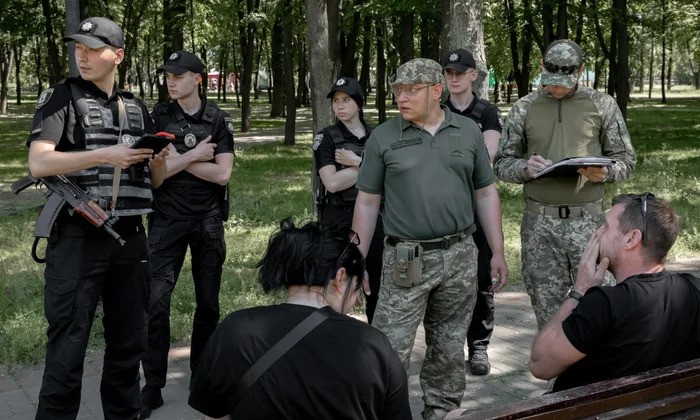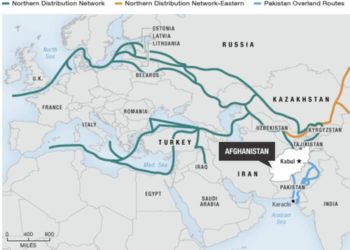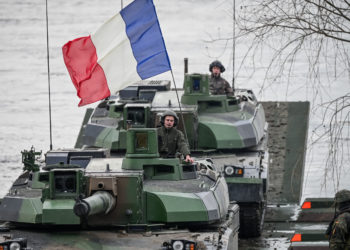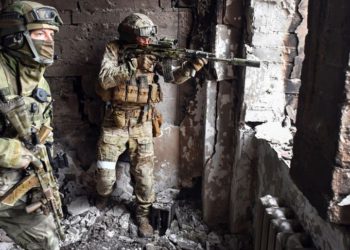Ukraine on the backfoot: The AFU is being pushed back on all fronts
Inside Ukraine, Russian forces are now fighting inside Torestsk. They are pushing towards Selidovo, Kurakhovo and Prokrovsk. The Russians also seem to be “shaping the battlefield” around Velyka Novoselka and Kupyansk. Furthermore, Russian activity is also reported in the Zaporozhye region while in Kursk, they have regained almost 50% of the ground thewy initially yielded.
According to some sources, the AFU now burns through 20k men monthly (the figure was 16.3k men monthly last quarter). These figures are not based on Russian estimates but on official AFU recruitment targets.
As revealed by the Financial Times, AFU commanders have stated that 50 to 70 per cent of new infantry troops are killed or wounded within days of starting their first rotation. This is probably due to a variety of factors amongst which the age of the new recruits (in their 40’s and 50’s = less physically fit); the shortened basic training period before recruits are sent to the front, a shortage of experienced NCOs and less air and artillery cover/support available for the grunts on the ground.
Even battle hardened units suffer from increased attrition: Those that were not sacrificed on the altar of the Kursk offensive have to cover a larger portion of the front in the Donbass or Zaporozhye regions to compensate for the units that were sent into Russia (decreased troop density per km of front). Tiredness and low morale contribute to the increase in casualties incurred: While Russian units are regularly rotated in and out of the frontline, it is not unusual for AFU units to stay and fight at the front for 18 months at a time. Ukrainian General Sergei Krivonos said in an interview with a local Ukrainian television channel: “The infantry, as the infantrymen themselves said, is beginning to die out as a branch of the military, because there is no one to fight, nothing to fight with, and nowhere to fight.”
There are urgent calls to lower the mobilisation age in Ukraine to 18 years of age. Ukrainian recruiters now aggressively patrol streets, concert venues, bars and clubs and even wedding venues in order to find the required number of men necessary to fill in the quotas. But Ukrainian recruiting issues are not new: They started a year ago when the AFU’s Summer Offensive wound down with little to no results to show for.

Back in March 2024, the BBC reported that over half a million men of fighting age had fled the country since the beginning of the war. Amongst those who stayed in Ukraine, many are hiding at home to avoid the conscription squads. Some have given fake addresses and work cash in hand in order to avoid mobilisation. Those lucky enough to have the money paid bribes of up to $5000 in order to be left alone by recruitment officers.
There is increased resistance from the population toward sending more people to the front. The same resistance is also found in the Ukrainian business world as such a measure would hollow out what’s left of the Ukrainian economy. All branches of the AFU are suffering from manpower shortages: Ukrainian armoured units are being bled dry in Kursk and Ukrainian air defences seem to have been seriously weakened by months of constant operation, lack of maintenance, ammo depletion due to constant Russian strikes and Russian SEAD (mainly Iskander and Tornado strikes). Russian drones and missiles now strike Ukraine several times a week. Geran-2 drones find their way to Odessa port regularly with minimal air defence interference and even the Kiev region now looks vulnerable.
The AFU is still fighting, still resisting and still hitting deep inside of Russia. The war is not a walk in the park for the Russian armed forces, far from it. But the frontline is creeping westward daily.
With the Russians advancing along several axes, the Ukrainian command is probably going to have to make hard choices sooner than later: Where to defend and where to retreat. None of those options seem to be good ones as each will open the door to more similar conundrums down the line. Unless the AFU can mobilise, train and equip half a million men quickly, Kiev will struggle to turn its fortunes around.









